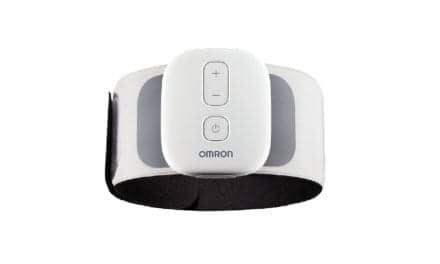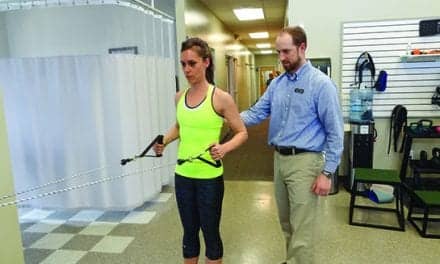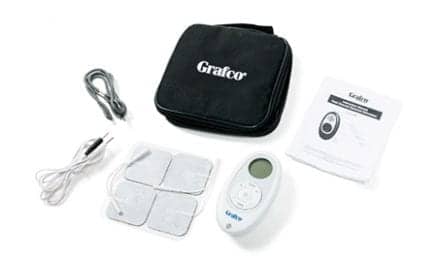According to a national survey, among those who received Transcutaneous Electrical Nerve Stimulation (TENS) or Electrical Muscle Stimulation (EMS) to manage their injury pain, almost all replied that the treatments were helpful.
The survey of more than 1,000 consumers, conducted by BewellConnect, found that approximately 60% of Americans have had to seek treatments for back pain, bad knees, and a host of other injuries. Nearly half (47%) of them received TENS or EMS treatment. Among those who received such treatment, nearly 90% said that the treatments were helpful in their recoveries.
A TENS wearable medical device is designed to relieve pain with pulses that stimulate skin and nerve strands, blocking pain signals from the brain. EMS works by activating muscles through a comfortable stimulation and is typically used for muscle rebuilding and repair.
While these devices have traditionally been in the domain of physical therapists and healthcare providers, the technology is now widely available to consumers for at-home use thanks to technological advances in portability. A new generation of electrostimulation devices is now giving users more freedom to move thanks to the built-in wireless communications and intelligences for use with smartphone apps, the release explains.
Growing awareness of pain medication addiction may contribute to the technology’s popularity, the survey notes. When asked why they would consider purchasing an electrostimulation device, reducing the need for pain medications was the second most cited reason across all demographics (27%) and the number one reason among women (32%).
Similarly, affordability and the ability for consumers to practice self care were major drivers of consumer adoption. Nearly 35% of respondents said that reducing visits to a healthcare provider would be their main motivation for acquiring a device.
“People want to play a greater role in their own pain management with drug-free alternatives. Advances in mobile-connected health technologies are making it possible,” says Olivier Hua, CEO of BewellConnect, in the release.
“This study shows that, given the option, most patients would welcome the opportunity to manage their own pain relief and muscle stimulation with electrostimulation therapies.”
[Source(s): BewellConnect, PR Newswire]






